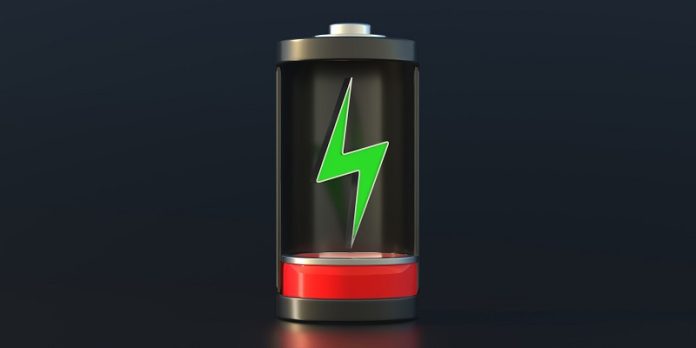
Fast-charging batteries are everywhere these days—in our phones, laptops, and electric cars. While they’re convenient, they also come with risks.
One of the biggest dangers is that they can overheat or even catch fire. Now, a researcher at the University of Wisconsin–Madison has developed a computer model that could help solve this problem.
Weiyu Li, a mechanical engineering professor at UW–Madison, created a model that gives scientists a better understanding of why lithium-ion batteries sometimes fail during fast charging.
The issue is something called lithium plating.
This happens when lithium metal builds up on the battery’s anode, or negative side, instead of going inside it like it’s supposed to. Over time, this buildup can cause the battery to wear out faster—and in some cases, it can lead to fires.
Until now, scientists didn’t fully understand what causes lithium plating or how to prevent it. But Li’s new model looks closely at what happens inside the battery, especially how ions move around and react during charging.
Her findings were published in ACS Energy Letters on March 10, 2025.
Using her model, Li discovered how different factors—like the way the battery is charged and the materials it’s made from—can affect when lithium plating starts.
She also created a clear and simple diagram that shows how to avoid this problem.
Her diagram can help other researchers make better batteries without having to run more computer simulations themselves.
The big takeaway is that this work doesn’t just help us pick better battery materials. It also helps us figure out the best way to charge them.
For example, her model can help decide how strong the charging current should be at different points in the charging process, depending on how full the battery is and what it’s made of. This could help prevent lithium plating and make batteries safer and last longer.
Most past research only looked at extreme cases of battery failure. But Li’s model works across a wide range of real-life situations, giving scientists a much better understanding of the early stages of lithium plating.
In the future, Li plans to improve her model even more by adding mechanical details, such as how stress builds up inside the battery. This could lead to even better ways to design safer, faster-charging batteries.



